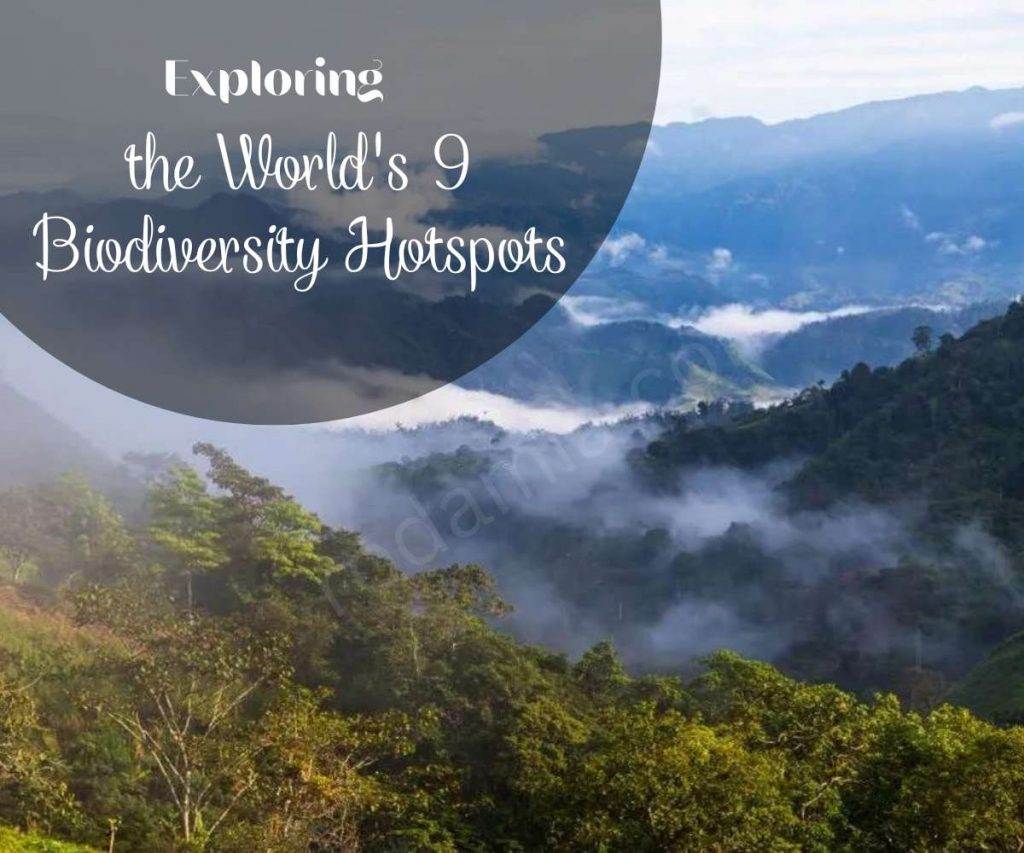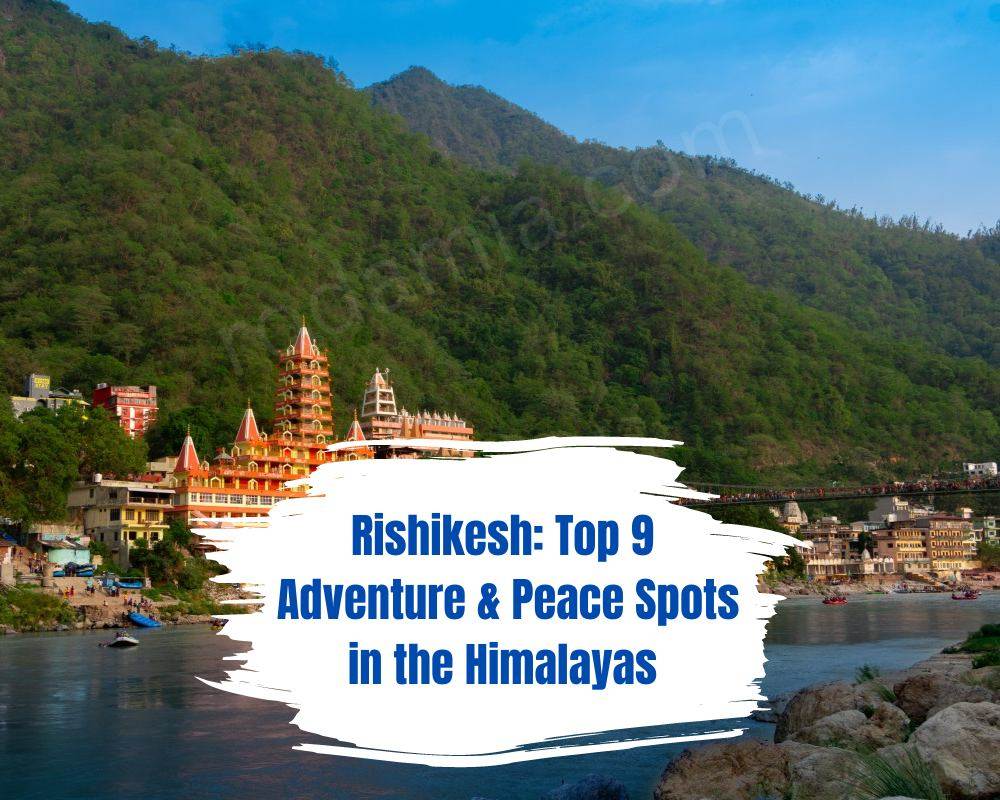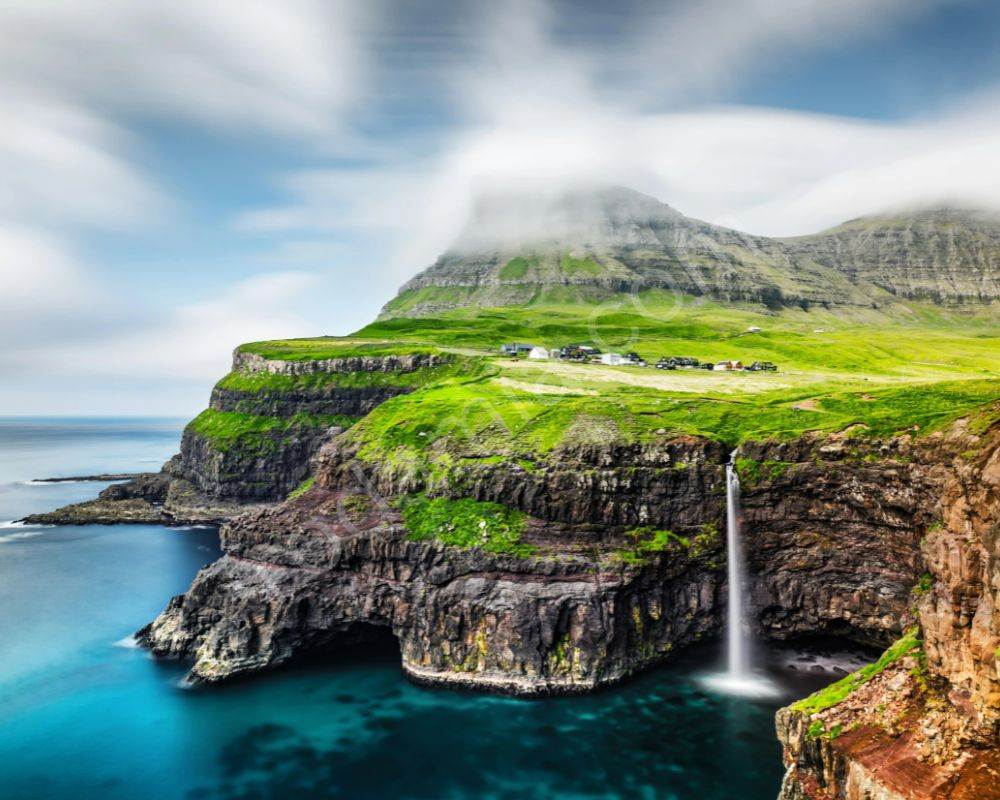The planetary diversity, also known as biodiversity, includes not only the different set of organisms but also the number of genes and ecosystems. At various altitudes, certain regions are inundated with a large number of species that cannot be replenished. Here’s a deeper dive into 9 of the world’s most impressive biodiversity hotspots, each a testament to the planet’s vibrant tapestry of life.
- The Amazon Rainforest
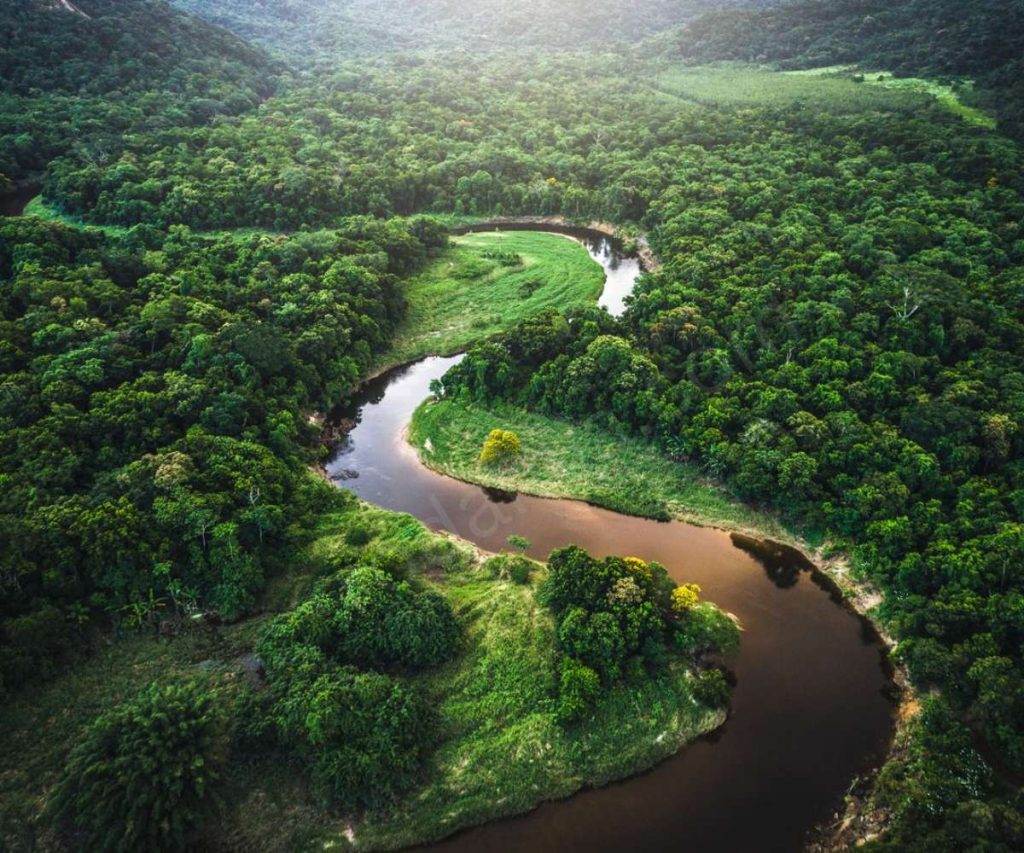
The Lungs Of The Earth – The Crown Jewel! Within this huge Amazonian forest of South America, 80% of the world´s biological diversity is concentrated. From the giants of the canopy to the elusive cats in the middle of the jungle floor, the Amazon is one big pot of life. However, its value does not just consist of the glistening array of species. Intricate ecosystems of the Amazon contribute hugely to managing the planetary climate through the green lungs process of absorbing tons of carbon dioxide.
2. The Coral Triangle
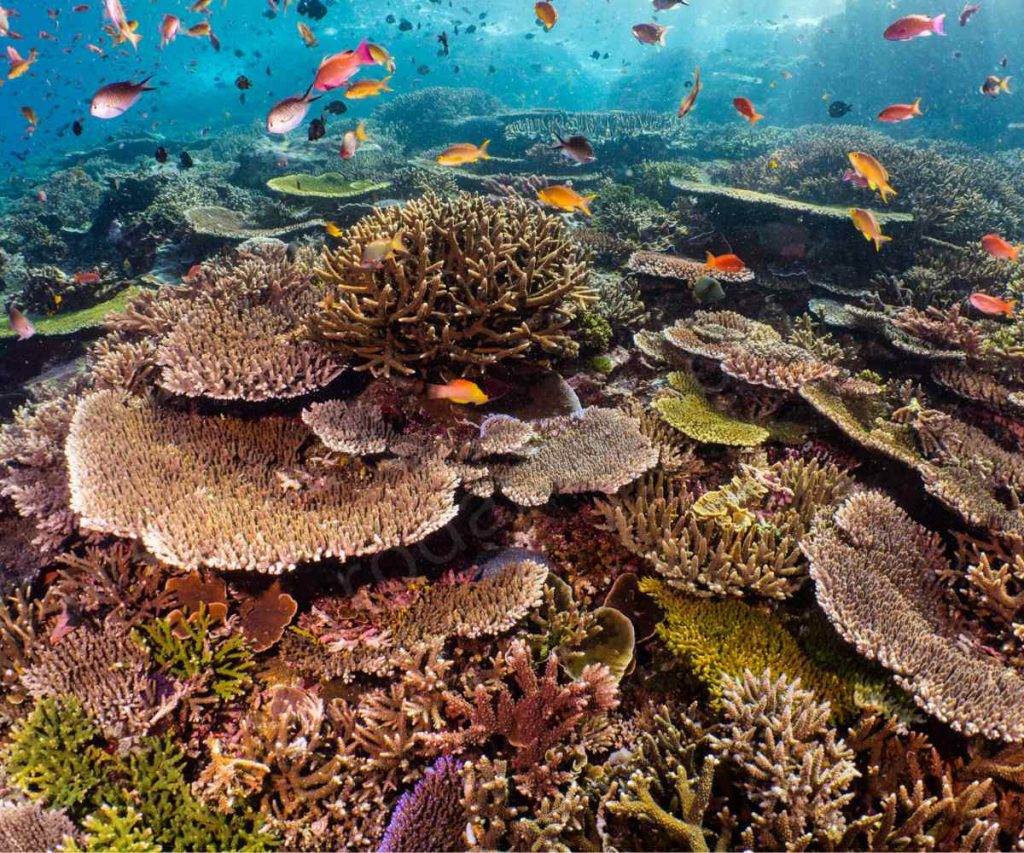
An Enchanting Underwater Ballet – Here, 76% of the coral species on Earth are found, consisting of Indonesia, the Philippines, and Papua New Guinea. Imagine a kaleidoscope of colors underwater – a rainbow of coral reefs filled with bright fish flying by the swaying anemones, majestic sea turtles cruising along, and an abundance of invertebrates lying on the coral structures. The Coral Triangle is a brilliant multi-colored underwater dance, a showcase of the splendor of marine biodiversity.
3. Madagascar
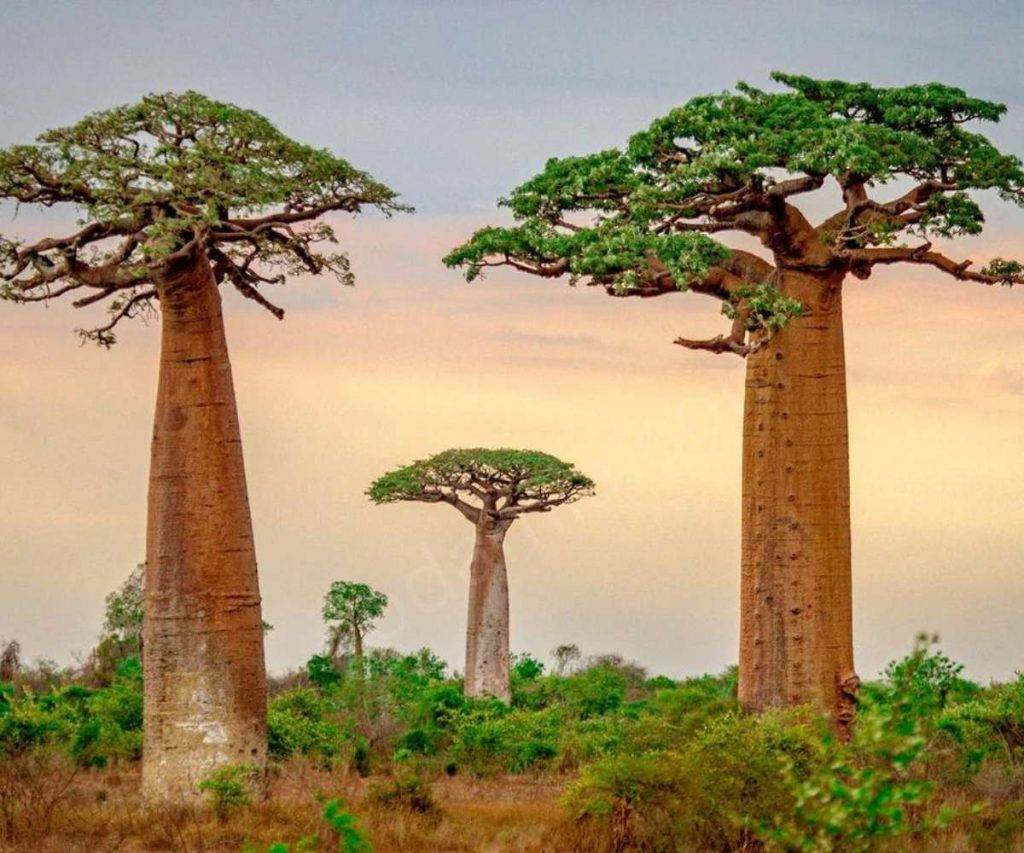
The Island of Endemism – This island nation lying off the southeastern coast of Africa is a very special place where different animals that cannot be found elsewhere on the planet thrive. The lemur, with its big eyes and clownish antics, is a symbol of Madagascar, the beautiful isle in the Indian Ocean. Being able to perfectly camouflage themselves, chameleons, masters of disguise, blend in with the backgrounds around them, while the odd-looking tenrecs enhance the biodiversity on the island. Tragically, deforestation threatens this exceptional ecosystem, making the conservation of Madagascar’s one-of-a-kind biodiversity a crucial topic of conversation.
4. The Cape Floristic Region
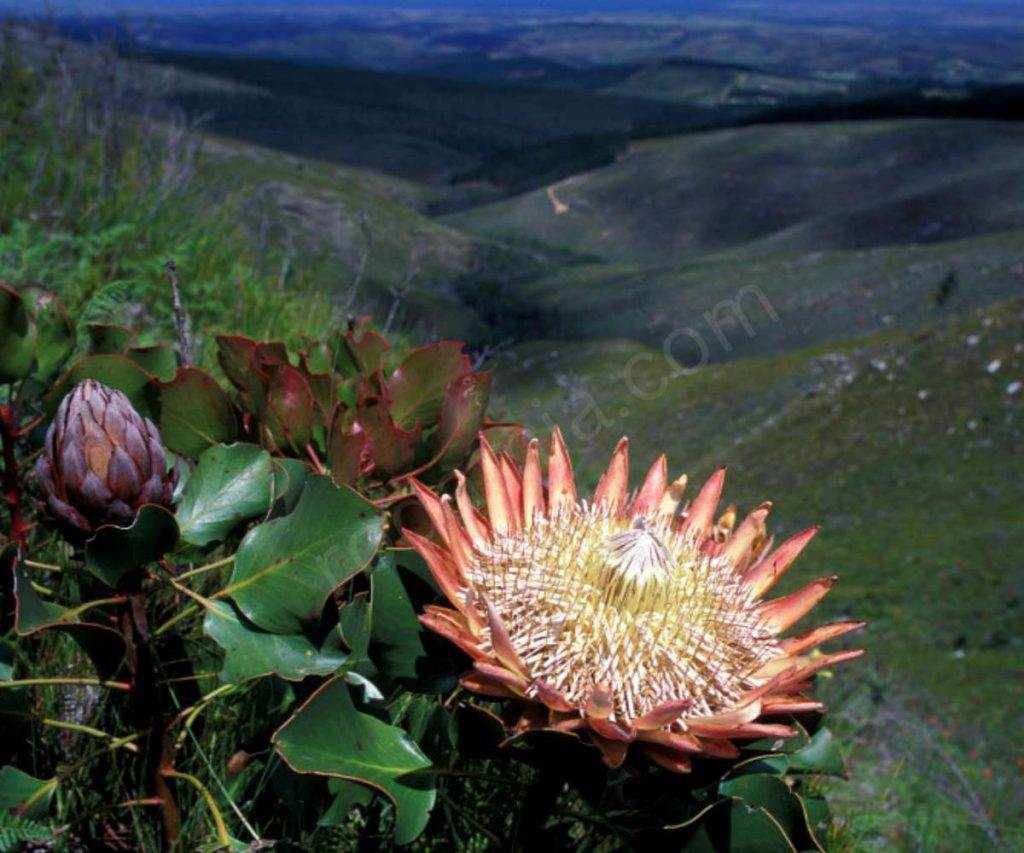
Floral Kingdom – The Cape Floristic Region of South Africa is unlike any other floral kingdom. The region boasts the richest plant diversity per square unit on the planet. The spectacular fynbos, a distinctive scrubland ecosystem, is a kaleidoscope of color in the spring. The Protea family trees, with their distinctive flower caps, and the Erica family of flowers, delicate in appearance, are just a few of the botanical gems present here. The Cape Floristic Region is an aesthetic masterpiece that demonstrates nature’s art of plant evolution in a specific part of the world.
5. The Himalayas
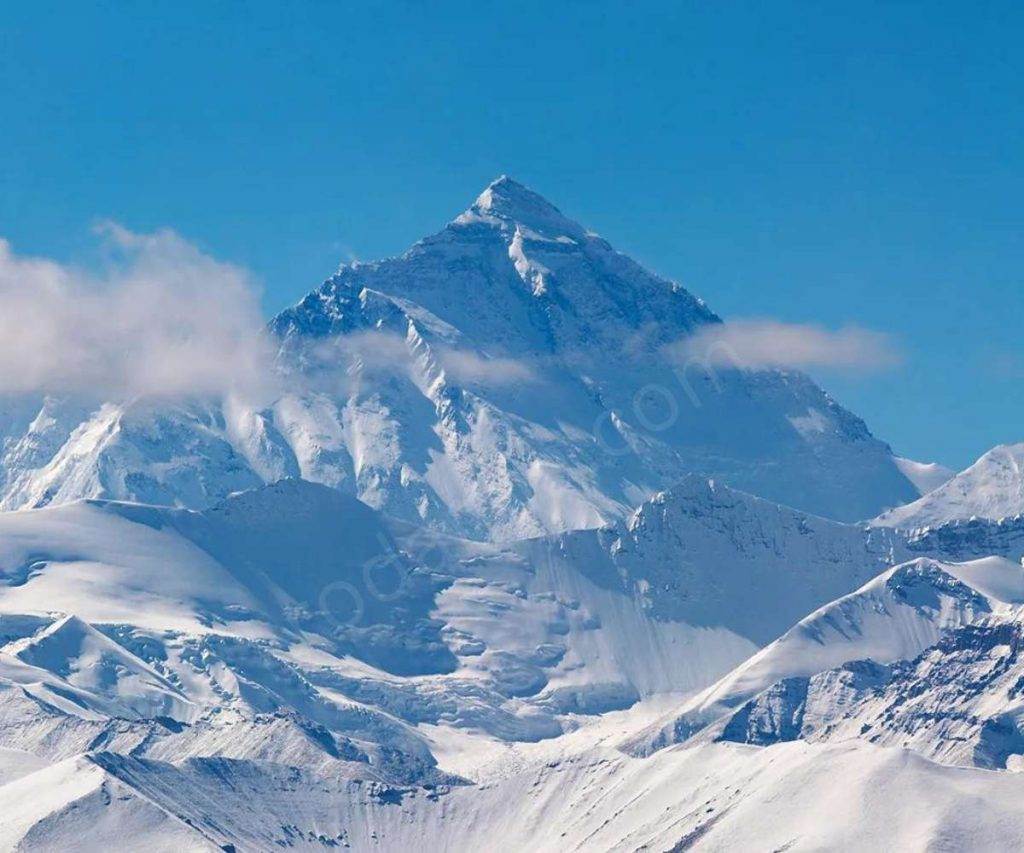
High in the sky, The Himalayas, magnificent mountains that form the boundary between India and Central Asia, are a hotspot of life despite the harsh conditions. The snow leopard, with its thick coat and powerful legs, patrols the rocks. Furry ginger pandas (or red pandas), with their puffy tails, feed on bamboo shoots in the lower forests. A beautiful variety of birds, including the vibrant and splendid Himalayan monal pheasant, often fly through the thinner air. The Himalayas are evidence of life’s endurance in the severest natural conditions. Nonetheless, climate change poses a major risk to this thriving ecology; therefore, conservation measures are essential.
6. California Floristic Province
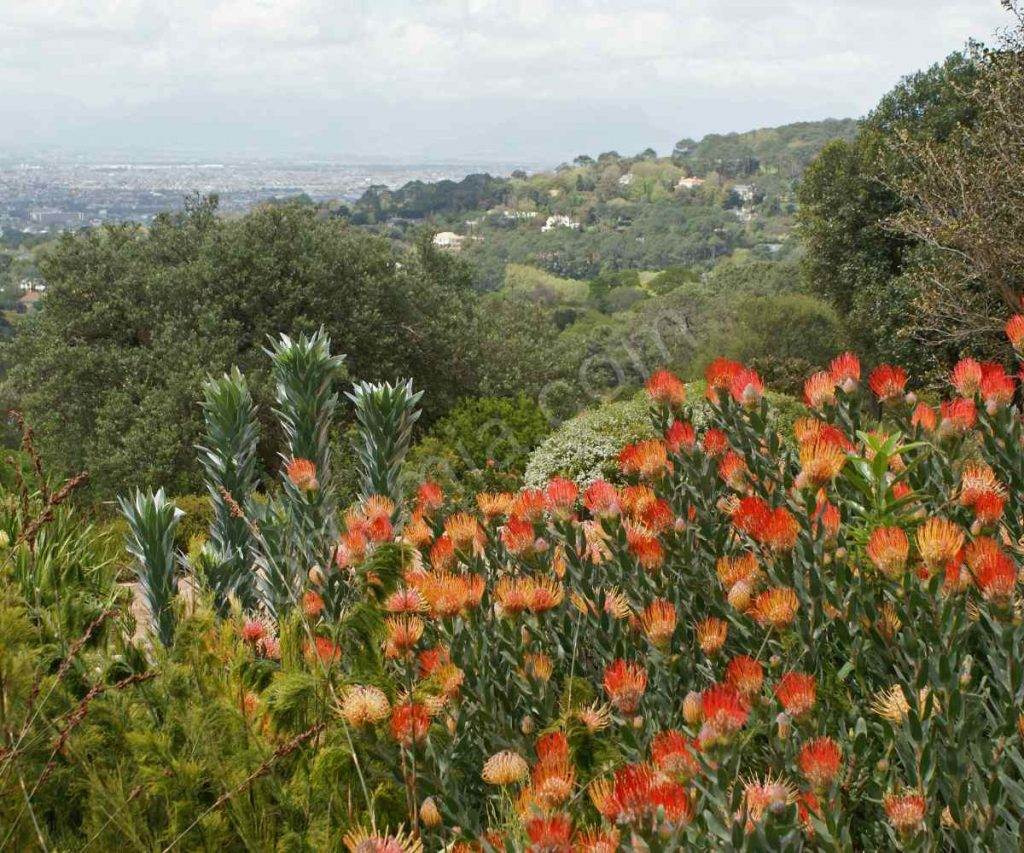
Mediterranean Medley – Wrapped along California’s coastline and spanning into Baja California, this pocket covers a variety of climates shaped by a merger of Mediterranean and temperate plants. One distinctive characteristic of the area is the chaparral, a scrubby type of vegetation adaptable to the area’s dry summers and wet winters. California redwoods—the huge and amazing trees reaching more than a hundred feet tall—are another representative plant found in the area. Besides plants, the California Floristics Province is rich in animal diversity, with the California condor, the largest flying bird in North America, and the unique California grizzly bear as residents.
7. Wallacea
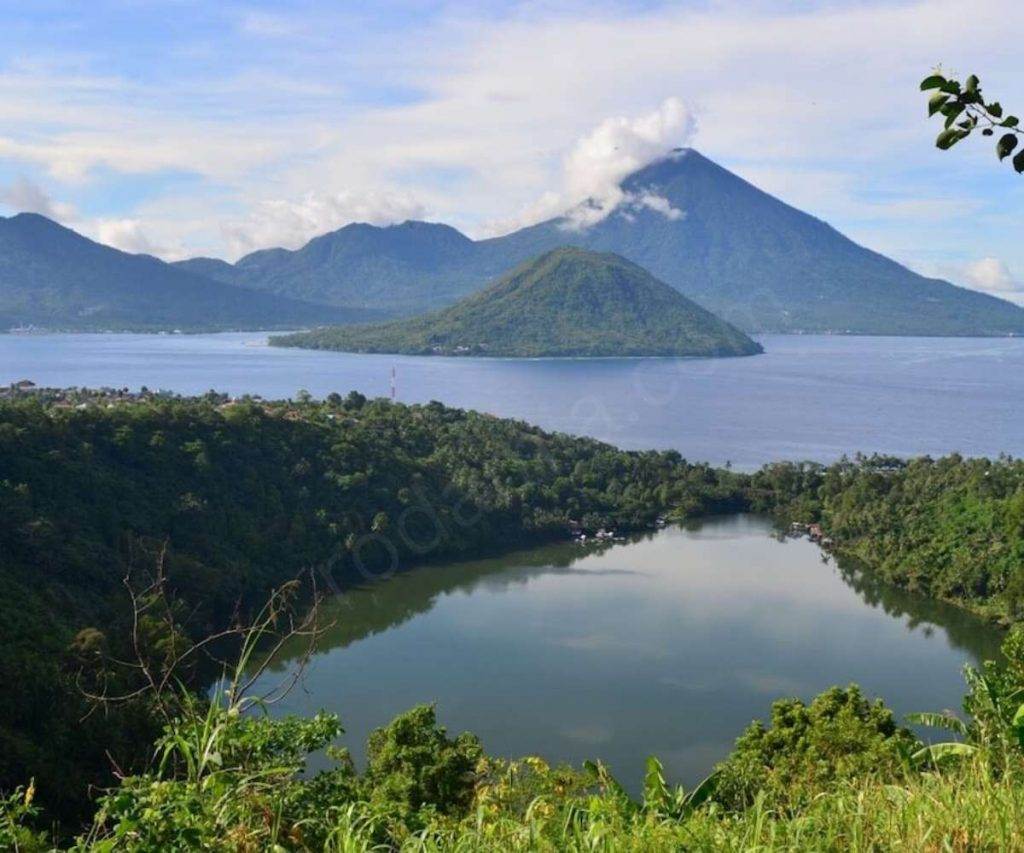
Island Hopping in Biodiversity – What makes this Indonesian island chain so interesting is that it falls between two biogeographical regions, i.e., Asia to the west and Australia to the east. This biome indeed is distinct as it contains many species from both ends of the earth. We have the shiny birds-of-paradise, well-known for their attractive plumage and barnyard-like show, a pride of Wallacea. Cuscus – a tree-loving relative of a koala, and babirusa- an unusual pig with tusks living on these islands make them a place for anyone interesting in science. Wallacea’s bio-web show a variety of unique species which host within the ecosystems.
8. The Caucasus Mountains
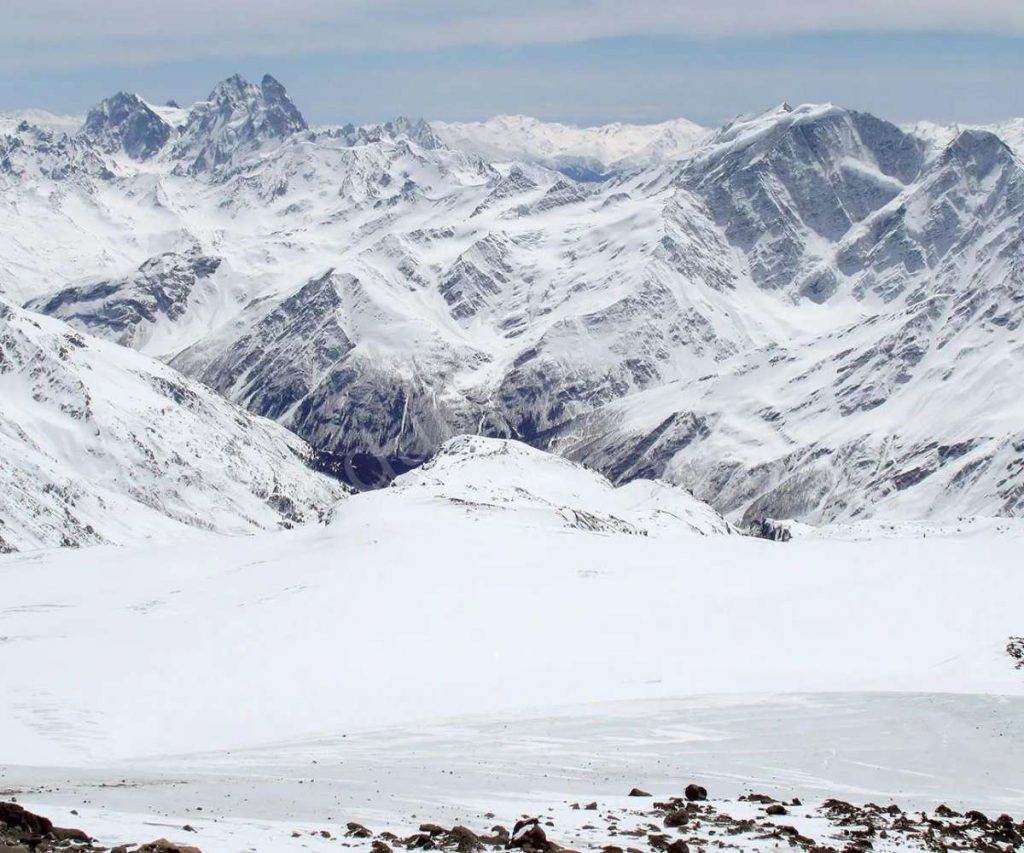
A Crossroads of Flora and Fauna – Acting as a Natural Borderline between Europe and Asia, are a haven of diversity. These mountains, due to their complex topography and varied climatic zones, boast a wide range of vegetation zones. Under the canopy of European beech and Oriental spruce forests give way to a sea of vividly colorful wildflowers in the alpine meadows in summer. The enigmatic Caucasian leopard, an imperiled big cat, seeks its prey on the high mountain cliffs. The rich bird life includes red-bearded vultures, the largest flying scavengers whose wings span over 10 feet in diameter. The Caucasus Mountains are a fascinating phenomenon of mountain chains as great centers for the unusual diversity of biota.
9. The Succulent Karoo
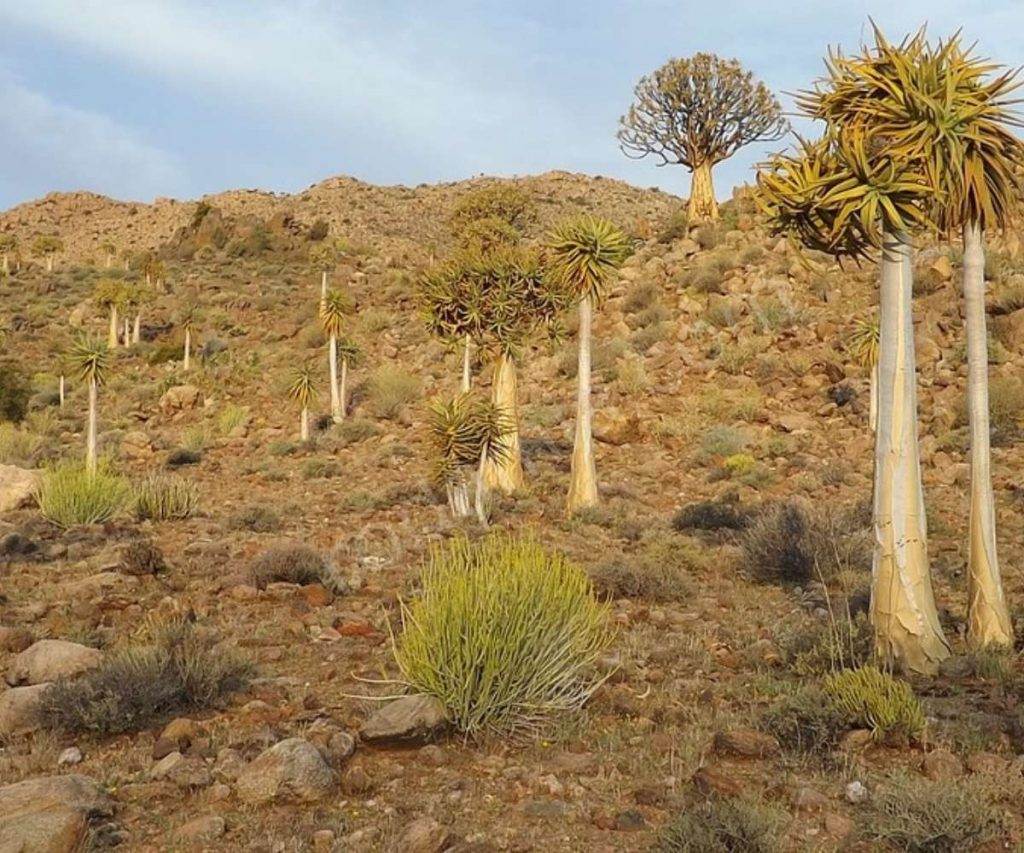
A Desert Oasis of Endemism – The semi-desert area of South Africa still somehow carries a rich diversity of life. The Succulent Karoo is a habitat that only holds succulent plants, species of plants that can store water in their leaves or stems. Here you will find the peculiar Quiver tree, named for its branches used often by the Khoisan indigenous people as quivers for their arrows. Stapeliads are one particular group of plants whose flowers specifically demonstrate this condition. Stapeliads resemble rotting meat that pollinating flies are attracted to, another amazing example of the Karoo’s unique plant life. However, the animal kingdom of the Karoo would not be complete without unique reptiles such as the friendly pangolin and the intriguing aardvark, a nocturnal creature with a long snout and sticky tongue for catching ants and termites. Although harsh, the Succulent Karoo is an example of exquisite life adaptations in a desert environment.
Not only do these hotspots shelter some special species, they also regulate the global climate and provide important resources to humanity. However, these invaluable ecosystems already face threats such as habitat loss, climate change, and human activities. By recognizing the significance of biodiversity hotspots and implementing conservation efforts, we can maintain their emerald glow for future generations.

